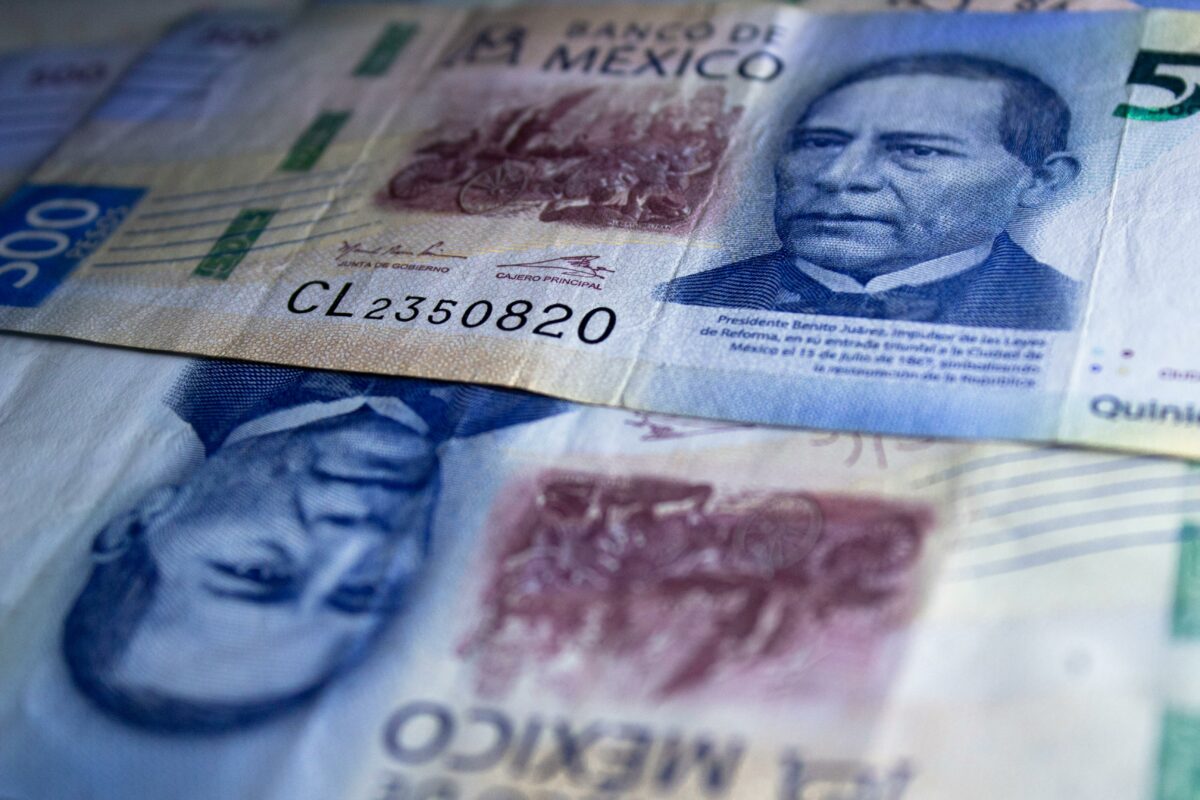Quick Look:
- The GBP dropped to 1.2520 from 1.2690 against the USD, influenced by mixed economic signals.
- US CPI data for March shows continued inflation, adjusting rate cut expectations to just 60bps from 150bps.
- Significant UK economic data releases are upcoming, with BoE signalling potential rate cuts post-June.
- The Fed delayed rate cuts to September, with the USD strengthening post-CPI data release.
- GBP/USD’s direction remains uncertain, awaiting further data and central bank communications for clarity.
This week, the British Pound (GBP) experienced a notable decline against the US Dollar. The currency has reached a low of 1.2520 from an opening rate of 1.2690. This movement came amidst a flurry of economic data releases and central bank expectations. Thus, that has painted a mixed picture for the GBP/USD exchange rate, currently hovering around 1.2540.
US CPI Rises 0.4%, Inflation at 3.5% Yearly
The March’s US Consumer Price Index (CPI) indicated persistent inflationary pressures, with a month-over-month increase of 0.4% and an annual rise of 3.5%. Core CPI, which excludes volatile food and energy prices, mirrored these increases, further complicating the Federal Reserve’s policy path. Remarkably, the so-called ‘supercore’ inflation, which strips out even more elements to focus on sticky price movements, jumped by 0.65% month-over-month, reaching an annual rate of 4.77%.
These inflation figures have led to a recalibration of rate-cut expectations in the US. At the start of 2024, markets anticipated 150 basis points (bps) in cuts. However, the current forecasts have been pared back to just 60bps, marking the lowest expectation since October 2023.
Fed Delays Cuts, BoE Dovish: GBP Under Pressure
The Federal Reserve’s latest data has prompted a delay in its rate-cutting plans. Now, it is shifting the expected start from June to September. This decision comes as the US Dollar Index surged 80 pips post-CPI release. Therefore reflecting strengthened conviction in the Fed’s inflation stance. Similarly, major US indices took a hit, declining by more than 1%. Meanwhile, the 2-year Treasury Yield saw a 20bps gain, nearing the 5% mark.
UK Eyes Major Inflation Concerns, BoE Rate Cuts
The UK’s economic calendar is gearing up for significant releases this Friday, with Monthly GDP, Industrial Production for February, and Bank of England (BoE) rate cut expectations on the docket. The BoE has signalled potential rate cuts after its June meeting, applying additional pressure on the GBP.
The Bank of England’s recent dovish remarks and anticipation of May rate cuts have also contributed to the downward pressure on the GBP. This aligns with the broader market sentiment that central bank policies on both sides of the Atlantic are pivotal to the currency pair’s direction.
Dollar Strengthens, Markets Eye Fed and BoE
In response to the unfolding economic narrative, the US Dollar gained strength against a basket of currencies, underscored by the rise in the US Dollar Index. Financial markets are now closely watching the upcoming US and UK economic indicators, particularly concerning the Federal Reserve’s forward guidance and its implications for rate adjustments.
Analysts from MUFG Bank have cautioned that markets might be bracing for a potentially weaker inflation print despite recent surprises to the upside. This sentiment is echoed in the GBP/USD exchange rate expectations, which now face immediate resistance at 1.2700, largely dependent on forthcoming US inflation data and the Fed’s policy stance.
The GBP/USD pair’s trajectory remains uncertain, influenced by a complex interplay of economic indicators, central bank policies, and market sentiment. Investors and analysts await further clarity from this week’s slew of data releases and central bank communications, which are expected to provide fresh insights into the future of monetary policy and currency valuations on both sides of the pond.















